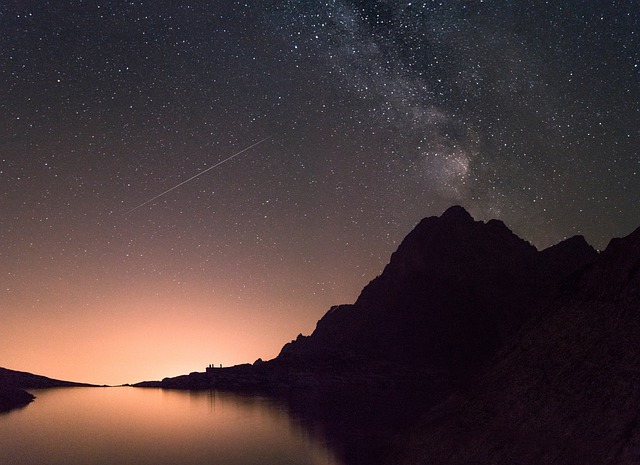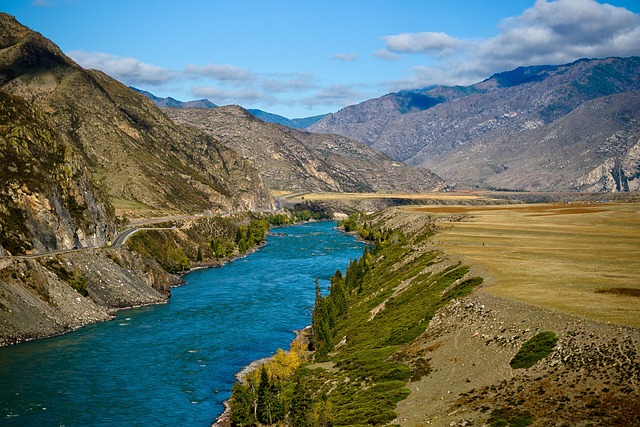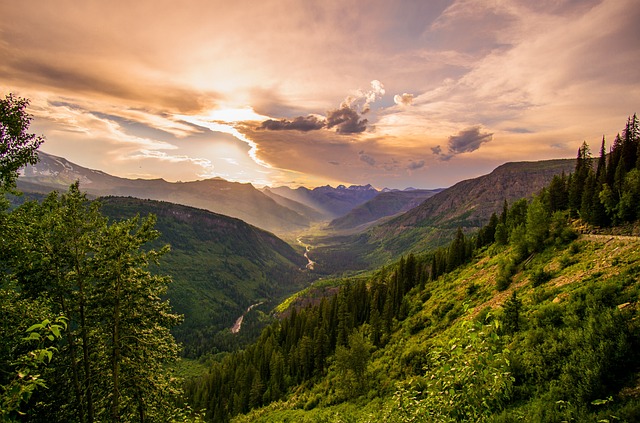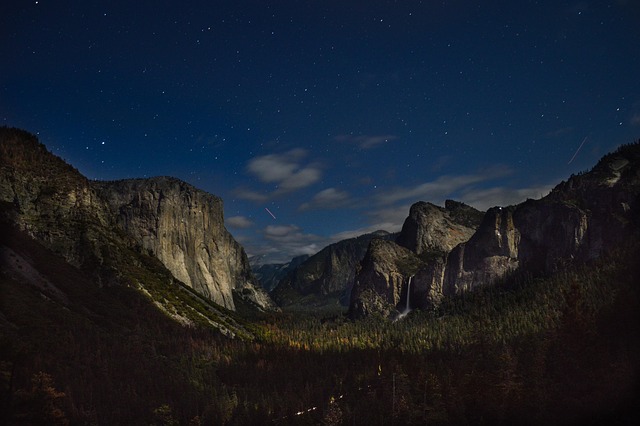The real estate market is witnessing a surge in demand for properties with mountain or forest vistas, driven by a trend towards connecting with nature. These scenic landscapes not only add aesthetic value but significantly impact property desirability and pricing. Real estate professionals are advised to emphasize these features through strategic marketing, targeting buyers seeking tranquility and breathtaking scenery. By incorporating architectural elements that maximize outdoor views, such as large windows and open-concept floor plans, properties can command premium prices while offering residents a harmonious blend of indoor and outdoor living.
In the world of real estate, beautiful mountain and forest vistas have long been a sought-after commodity. From the serene beauty of towering peaks to the lush greenery of dense forests, these natural landscapes not only captivate the eye but also significantly impact property values. This article explores the allure of mountain and forest vistas in real estate, delving into their effect on market trends and offering design insights to maximize these stunning outdoor views.
Unveiling the Allure of Mountain and Forest Vistas in Real Estate

In the realm of real estate, the allure of mountain and forest vistas cannot be overstated. These breathtaking landscapes offer more than just aesthetic appeal; they encapsulate a way of life that blends tranquility with adventure. Prospective buyers are increasingly drawn to properties that provide panoramic views of majestic peaks or dense, verdant forests, seeking solace from the hustle and bustle of urban living. The market response is clear: real estate listings showcasing such vistas often command premium prices, attesting to their enduring popularity.
The appeal extends beyond individual preferences; it’s a trend reflecting a growing desire for connection with nature. Mountain and forest views not only enhance the overall beauty of a property but also contribute to its value over time. Real estate professionals are thus encouraged to highlight these features, using marketing strategies that capture the essence of living in harmony with these stunning landscapes, thereby attracting a niche yet passionate segment of buyers who prioritize both serenity and scenic beauty.
The Impact of Natural Beauty on Property Values and Market Trends

The natural beauty of mountain and forest landscapes has a profound impact on real estate markets, often translating into higher property values. Areas renowned for their stunning vistas attract buyers seeking not just a place to live but also an experience—a connection to nature that enhances their quality of life. This demand can drive up prices, making scenic locations highly desirable and potentially leading to increased competition among buyers.
Moreover, the allure of natural surroundings influences market trends beyond initial purchases. Property listings with breathtaking views often garner more interest, commanding premium prices. Real estate agents capitalise on this by marketing properties as ‘scenic retreats’, appealing to a broad spectrum of potential homeowners. This trend underscores the growing recognition of nature’s value in shaping our living environments, where scenic vistas are no longer merely an aesthetic pleasure but a significant factor in real estate decisions.
Designing Spaces to Capture and Celebrate Stunning Outdoor Views

In real estate, designing spaces that capture and celebrate stunning outdoor views can significantly enhance a property’s appeal. Incorporating large windows, balconies, or open-concept floor plans allows residents to embrace the beauty of nearby mountains and forests, blurring the lines between indoor and outdoor living. This integration not only provides aesthetic pleasure but also connects people with nature, promoting well-being and tranquility.
When crafting these spaces, architects and designers should consider strategic placement of architectural elements, such as using taller structures to frame peak mountain views or incorporating garden features that complement the natural landscape. Additionally, utilizing natural lighting and ventilation can create harmonious indoor-outdoor transitions, making these vistas an integral part of daily life for residents.






